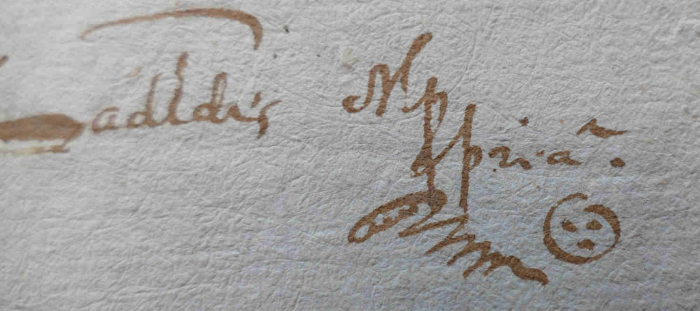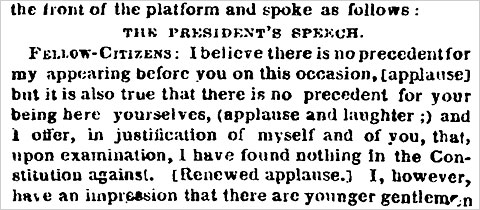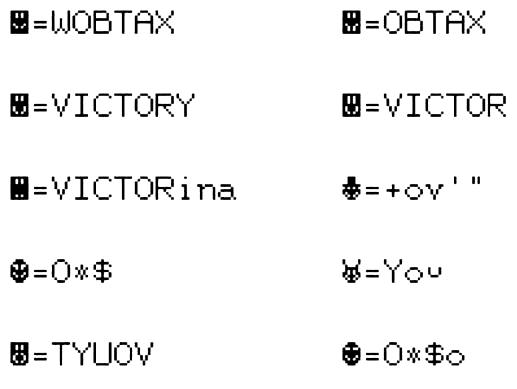We’re always gaining interest in Emojis. Their history is an interesting one. Created in 01999 and then later standardized into Unicode, emojis are small visual glyphs used in and replacing text. They have become a phenomenon and the list of available images continues to grow. There is even a World Emoji Day on July 17th.
There is a technical difference between an emoji 😀 and an emoticon :) and they are easily confused and intertwined, but for historical reasons it is important. Especially if you want to find the first use of an emoticon.
There is also the oft mentioned fact that Lincoln invented the :) emoticon. (I’ll save you a click: He didn’t) Other historians [think] the semicolon alongside a closed parenthesis is either a mistake or a misinterpretation of something that is perfectly grammatical for that era. To make matters worse, what was written is a transcription, so why give Lincoln the credit for something the journalist wrote down! If anything, the journalist was the first to use emoticons, not the President of the United States.
We tend to think that emojis are a new thing coming from Japan, but one of the earliest smilies was found in print, written in 17th century by a Slovakian Scientist. Is a circle with two dots for eyes really the earliest known emoji?

The next historical jump for proper emojis comes in a strange ‘feature’ of PLATO terminal computers of the 01970s. They allowed you to ‘overtype’. Rather than printing the next character to the right, you printed in on top of the previous one.
Knowing about this ‘feature’ and what words to type, it was possible to create primitive emojis, something more than emoticons.
Find & replace with emoji
Emojis can act like ligatures. A ligature is when you combine multiple characters for form a new one. A well designed font family will account for some of these letter combinations. Have a look at f and i next to each other. It isn’t two characters, but a separate and unique fi ligature. Emojis can act in a similar way.
Through the use of the Zero Width Joiner (ZWJ) unicode character, we can combine multiple emojis! The ZWJ tells the system to combine these emojis rather than just outputting them next to each other. Once we understand these tricks we can do some fun stuff like add and subtract emojis to change them.
👨‍🎓 = 👨🎓
We can also then do some fancy find and replace as they level-up.
“👨🎓”.replace(“🎓”,”🏫”) = 👨🏫
It is possible to take it even further
“👨🏫”.replace(“🏫”,”🚀”) = 👨🚀
The Zero Width Joiner works on a lot of emoji characters and the fall back is pretty good too (as some of you might be seeing if they are images). The full list of sequences can be found here: https://unicode.org/emoji/charts/emoji-zwj-sequences.html
As Lao Tzu (老子) said:
🗻💯📏➡👣
The journey of a thousand miles begins with one step.
Quick Links to chew on: (➡🔗🍔)
- The Original Emoji Set Has Been Added to The Museum of Modern Art
- Emoji is dragging us back to the dark ages
- Emoji Dick: Call Me Ishmael (📞👨🏻🐳)
- 2014 list of most popular emojis on twitter (Spoiler it was ❤️)
- Adobe 2019 Emoji Trend Report

